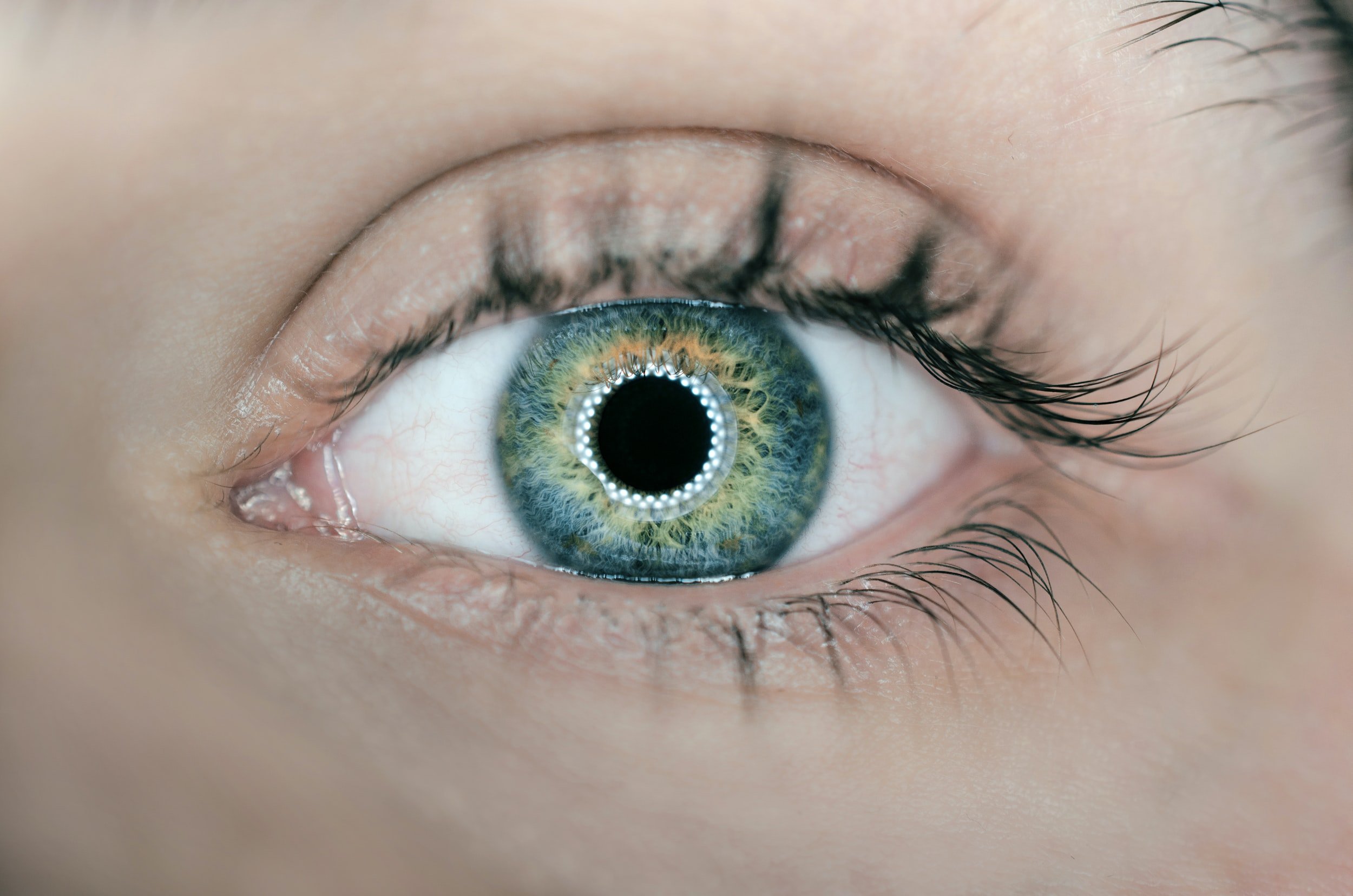Dry eye causes
Dry Eye Disease Has Two Major Forms
Aqueous Insufficiency (You Don’t Make Enough Tears)
In this form of dry eye you either don’t make enough tears from the tear gland or the tears you do make are drained too quickly from the tear drainage system. This form is common in people who have had corneal surgery such as LASIK and we also occurs as part of the aging process.
Evaporative Dry Eye (Your tears evaporate too quickly)
In this form of dry eye you make adequate tear volume but the tear film in unstable and does not work properly. It is most commonly due to a condition called Meibomian Gland Dysfunction (MGD). Evaporative dry eye is the most common form of dry eye and makes up roughly 80% of dry eye cases. As MGD progresses the individual glands stop working and eventually are lost leading to more severe dry eye that can be difficult to treat. Catching and treating the gland dysfunction early helps prevent more severe dry eye disease.
Stages of Meibomian Gland Loss
Dry Eye Risk Factors
Dry eye disease can be caused or worsened by many risk factors and underlying health conditions. These include:
Inflammatory Autoimmune conditions (Sjogern’s Syndrome, Rheumatoid Arthritis, Thyroid Disease and many others)
Computer/Digital Screen Use (Screen use disruptps blink rates and leads to Evaporative Dry Eye)
Age (as we age we produce tears less efficiently and are also more prone to MGD)
Sex (Women tend to suffer from dry eye more than men and menopause can cause new and worsening dry eye)
Previous Eye Surgery (LASIK and other corneal surgeries can cause or worsen dry eye symptoms)
Patient Statements
Get Dry Eye Relief
-

Schedule Appointment
Make an appointment in our dry eye clinic to find out what is causing your dry eye and investigate treatment options
-

Diagnose
At your consultation we will diagnose the type of dry eye that you have and come up with a treatment plan
-

Treat
Get the treatment that you need to help relieve your dry eye symptoms.










